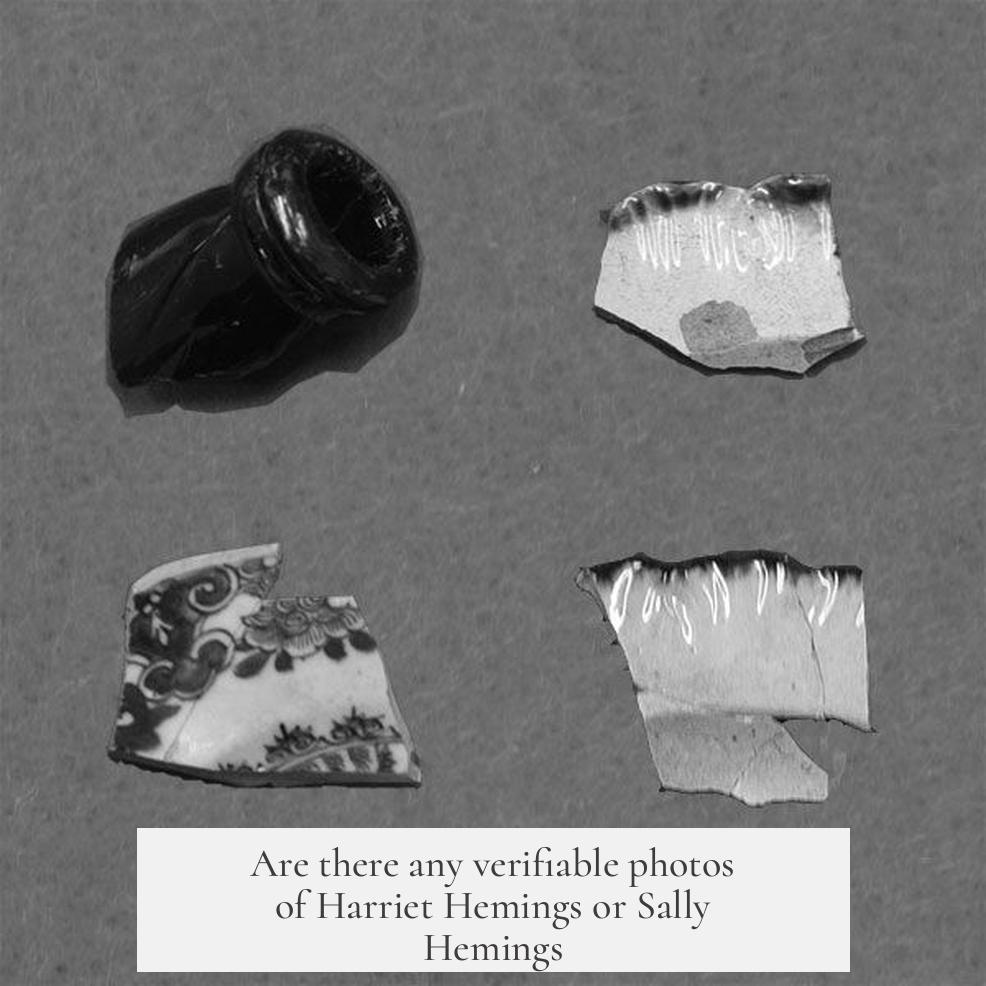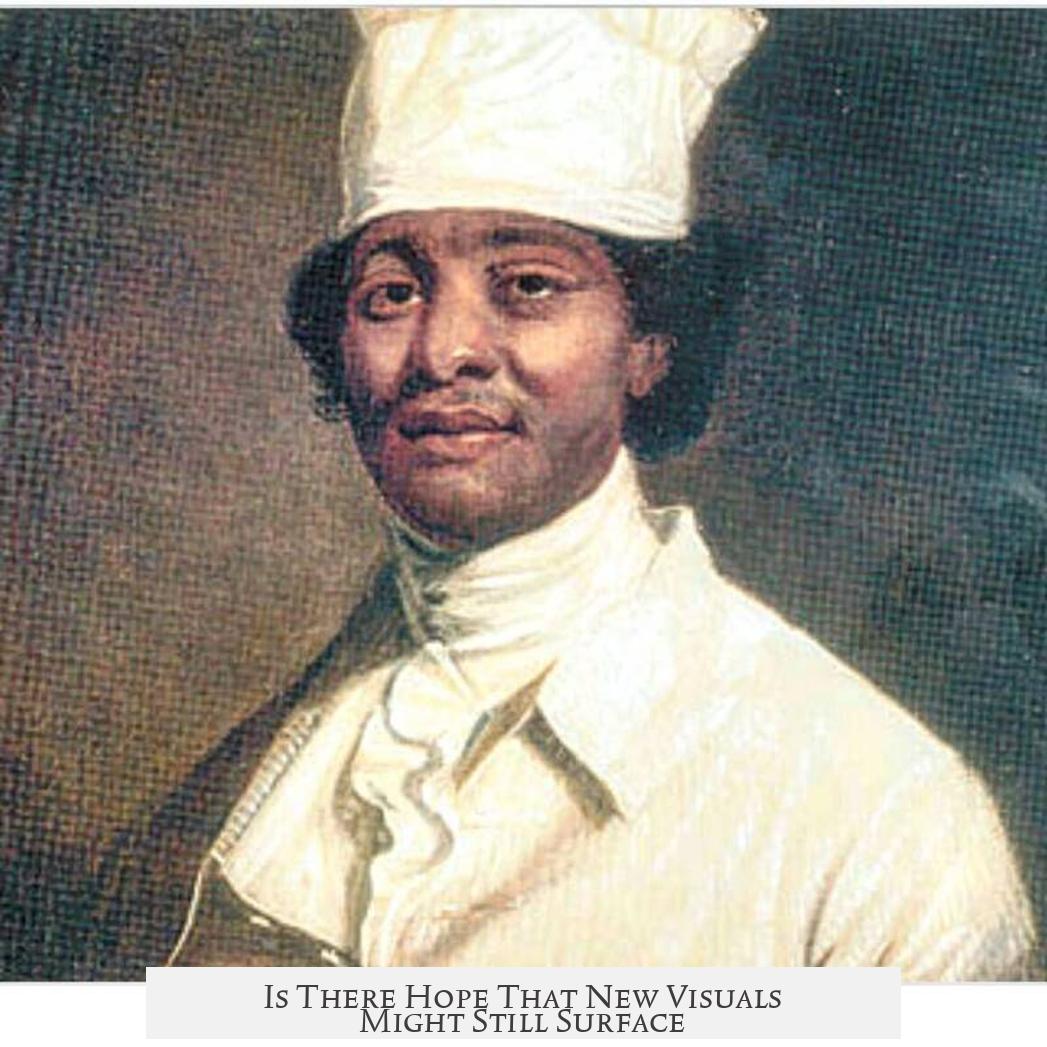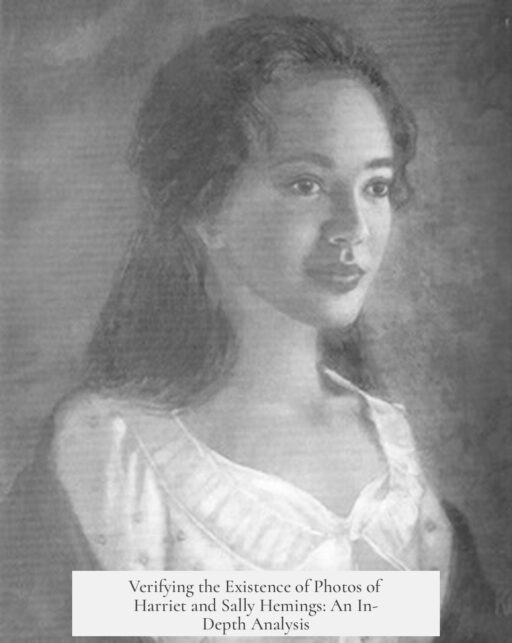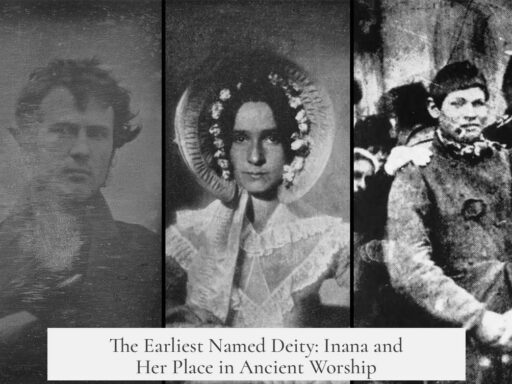There are no verifiable photographs or painted portraits of Harriet Hemings or Sally Hemings that can be confirmed with historical accuracy. Existing images purported to show Harriet Hemings do not match her age or period when such portraits or photos were made. Similarly, no authenticated image of Sally Hemings, a key figure entwined with Thomas Jefferson’s legacy, exists.
Harriet Hemings was born in 1801. Photos or paintings attributed to her have been scrutinized and dismissed due to contradictions with established timelines and fashion styles. For example, a photograph from the 1870s shows a young woman in her 20s, wearing contemporary hairstyles and clothing. Harriet Hemings, however, would have been in her 70s by that time, making it impossible for the sitter to be her.
Another image, a miniature painting thought to be from the late 1830s or early 1840s, depicts a teenage-looking young woman. Given Harriet Hemings’ birth year, she would have been in her late 30s or early 40s during this period. The dress and hairstyle—such as pleated gowns and braids typical of the 1840s—do not align with the age she would have been then. Moreover, claims that this miniature dates to 1811 are contradicted by the fashion and artistic style, indicating a later creation date.
Both examples possibly represent other women. These might be descendants with the Hemings surname or unrelated individuals entirely. The absence of any contemporary verified portraits of Harriet or Sally Hemings highlights the historical gap in visual representation for these figures.
| Image | Time Period | Subject’s Approximate Age | Harriet Hemings’ Actual Age | Conclusion |
|---|---|---|---|---|
| 1870s Photograph | 1870s | ~20s | ~70s | Not Harriet Hemings |
| Miniature Painting | Late 1830s to 1840s | Teenager | ~40s | Not Harriet Hemings |
In conclusion, no existing images can be reliably linked to Harriet or Sally Hemings. Age discrepancies and period-specific fashion styles contradict all known visual claims. The historical record thus lacks confirmed portraits or photographs of these women.
- No confirmed photographic or painted images of Harriet or Sally Hemings exist.
- Images claimed as Harriet Hemings conflict with her age and historical clothing styles.
- Claims of early 19th-century paintings from 1811 do not withstand stylistic analysis.
- Some images may depict other Hemings family descendants or unrelated women.
- Historical evidence does not support identification of any verified portraits of Harriet or Sally Hemings.
Are there any verifiable photos of Harriet Hemings or Sally Hemings?

The straightforward answer: There are no verifiable photographs or paintings of Harriet Hemings or Sally Hemings that can be conclusively authenticated as depicting them. Despite rumors and images claimed to represent them, detailed historical and stylistic analyses firmly debunk these assertions.
Now that sounds a bit like the ending of a gripping historical detective novel, right? Let’s unpack the story behind these elusive visuals.
The Case of the Missing Photos: Why Harriet Hemings Stays Behind the Lens
Harriet Hemings was born in 1801, a fact as solid as Thomas Jefferson’s Monticello bricks. She lived in a time when photography was just sprouting, around the 1830s and 1840s, and widespread photo-taking was still decades away. So, don’t expect any daguerreotypes or tintypes of her to magically appear. But what about the paintings?
There are a couple of images floating around that some folks speculate might be Harriet. For example, one miniature painting claimed to date from 1811—a year many experts see as a fib by its seller. Why? The style of the dress and the hairstyle scream “late 1830s or early 1840s,” not the Regency period. Additionally, Harriet would have been about 10 years old in 1811, yet the sitter looks like a teenager or young adult.
Another suspect is a photograph supposedly from the 1870s—a time when Harriet would have been in her 70s. But the lady in the photo sports a hairstyle and attire typical of that decade, yes, but she certainly doesn’t look septuagenarian. Think twenty-something at best. These chronological inconsistencies demolish the argument that either image is Harriet Hemings.
Sally Hemings: Still Invisible in the Photo Archive
Sally Hemings is an even more enigmatic figure photographically; born in 1773, she lived long before photography’s invention. No paintings or drawings reliably depict her either. While there are family stories and written descriptions, actual likenesses remain unidentified.
Historians and archivists have combed through archives to find authenticated images but keep drawing blanks. The few portraits linked to the Hemings family often feature unrelated women or descendants carrying the Hemings surname, but definitely not our elusive Harriet or Sally.
Why the Confusion? The Impact of Appearance, Era, and Surname

One might wonder: How do images get mistakenly attributed to Harriet or Sally Hemings? Part of the confusion stems from assumptions about ethnicity. Some images show mixed-race women, and people connect the dots to Harriet or Sally, famous mixed-race figures linked to Jefferson. However, guesses about ethnicity based on looks alone are unreliable and often misleading.
The surname “Hemings” itself can mislead viewers. It’s entirely possible that some images are of women unrelated to the Jefferson lineage, merely sharing the family name. In genealogical terms, last names don’t guarantee blood relation due to common practices of the time like naming enslaved people after owners.
What Techniques Disprove These Images?
Historians apply a multi-pronged approach to verify images claimed to be Harriet or Sally Hemings:
- Chronological Analysis: Comparing the birth dates and supposed ages with the time the image was created.
- Fashion and Hairstyle Examination: Matching attire and hairdos to known fashion trends of specific decades—a 20th-century historian’s secret weapon.
- Provenance and Seller Credibility: Scrutinizing the background and honesty of artwork sellers and provenance claims.
For example, that 1811 miniature painting was clearly fashion-forward for 1840, not 1811, proving the seller’s claim dishonest. The 1870s photo’s teenage-looking subject couldn’t feasibly be Harriet, who was elderly then. These facts, not assumptions, put the debate to rest.
What Does This Mean for Historical Understanding?
In the absence of visual evidence, we rely heavily on written records and narratives to understand Harriet and Sally Hemings. While this makes them less visually present in history, it doesn’t diminish their importance.
Their lives intersect crucial aspects of American history: slavery, family, power dynamics, and Jefferson’s complex legacy. The lack of photos reminds us that many stories, especially those of Black women in early America, remain partly invisible due to historical erasure and limited documentation.
Is There Hope That New Visuals Might Still Surface?

Historians and archivists remain vigilant. There’s always a chance that an authenticated image might turn up in a private collection or academic repository. Until then, critical analysis and skepticism protect historical integrity.
Would we recognize a true image if one surfaced? Given the standards of chronological and stylistic scrutiny today, any future find would undergo rigorous examination before acceptance.
Final Thoughts: Embracing the Mystery with Facts
In short, neither Harriet Hemings nor Sally Hemings has any verified photographs or portraits. Attempts to attach images to them fail due to age mismatches, style contradictions, and questionable provenance. This calls on us to appreciate history beyond visual clues.
Rather than chasing shadows, let’s spotlight their stories documented in letters, testimonies, and archives—rich, real, and respectful of their true selves. As we seek images, we can also learn to value the stories that images alone cannot tell.
So next time you meet an image claimed to be Harriet or Sally, ask: Does the timeline add up? Do the fashions match? Is the story behind this picture solid? If not, maybe it’s a friendly reminder that not all history fits nicely in a frame.




